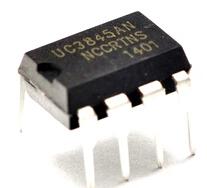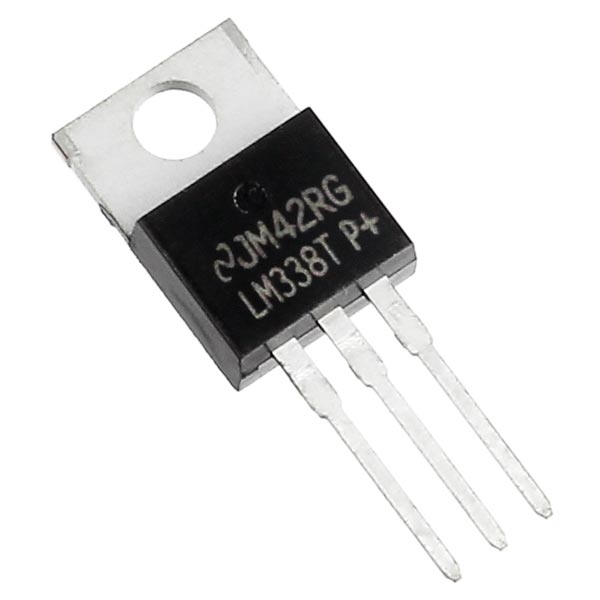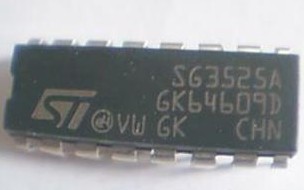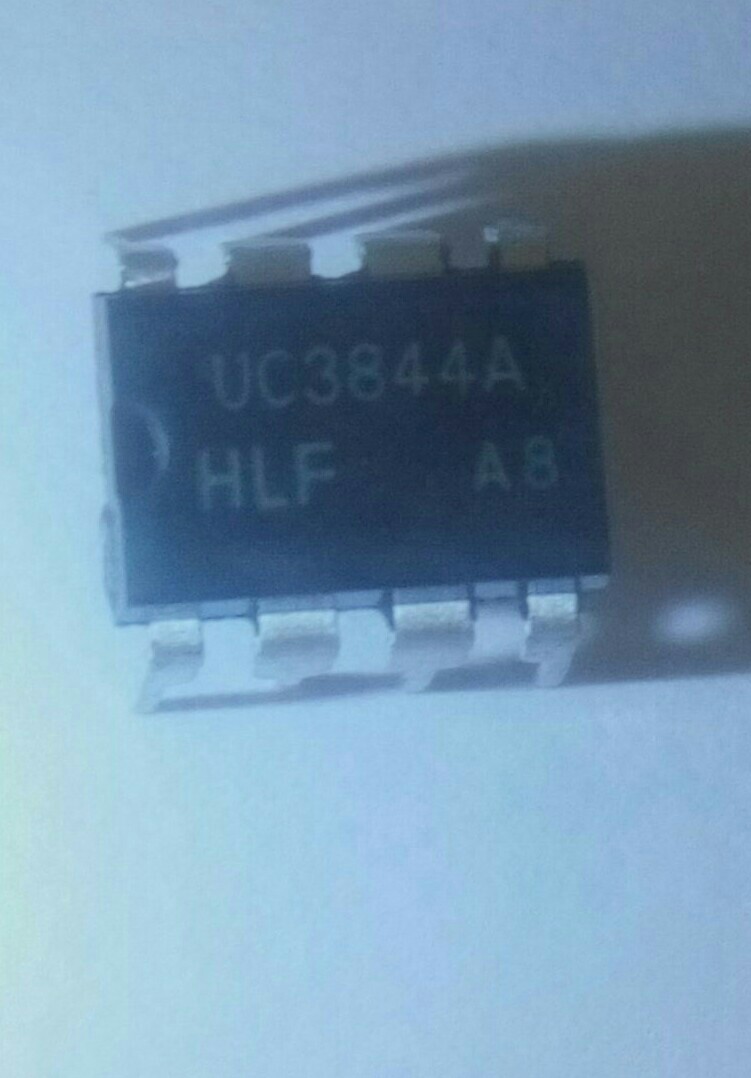- You have no items in your shopping cart
- Subtotal: ₦0.00
The IRLB8721 is a high-performance N-channel MOSFET (Metal-Oxide-Semiconductor Field-Effect Transistor) designed for efficient switching and amplification applications. It features low on-resistance and high-speed switching capabilities, making it suitable for use in power electronics, motor control, and high-current applications. Its low gate threshold voltage allows for easy interfacing with low-voltage control signals, enhancing its versatility in various electronic designs.
Key Features:
- Low on-resistance for efficient power switching
- High-speed switching capability
- Low gate threshold voltage for easy drive
- High current handling capacity
- Suitable for both switching and linear applications
- Enhanced thermal performance for reliable operation
Technical Specifications:
- Type: N-channel MOSFET
- Drain-Source Voltage (Vds): 30V
- Gate-Source Voltage (Vgs): ±20V
- Continuous Drain Current (Id): 62A (at Vgs = 10V)
- Pulsed Drain Current (Id,pulse): 120A
- On-Resistance (Rds(on)): 0.014Ω (at Vgs = 10V)
- Gate Threshold Voltage (Vgs(th)): 1.0V to 2.5V
- Total Gate Charge (Qg): 31nC (typical)
- Package Type: TO-220
Applications:
- Power switching in DC-DC converters
- Motor and relay drivers
- High-current switching applications
- Audio amplifiers
- LED drivers
- Power management circuits
Usage:
- Connect the gate of the IRLB8721 to a suitable control signal through a gate resistor.
- Connect the drain to the load and the source to ground.
- Ensure that the voltage and current ratings of the MOSFET are not exceeded in your application.
- Use proper heatsinking to manage thermal performance and avoid overheating.
Caution:
- Handle with care to avoid damage from static electricity.
- Verify that the gate drive voltage is adequate to fully turn on the MOSFET.
- Ensure proper cooling and heatsinking for high-current applications.
Datasheet:
For detailed technical specifications, refer to the IRLB8721 Datasheet.










